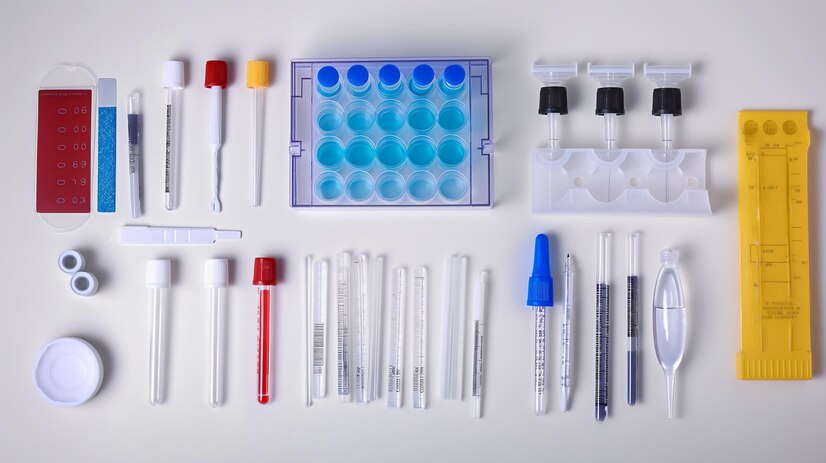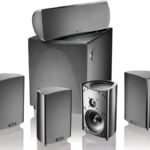Pipettes are indispensable tools in laboratories, used for accurately measuring and transferring small volumes of liquid. They come in various types and sizes, each designed for specific applications. Whether you’re a seasoned scientist or a curious enthusiast, understanding the intricacies of pipettes is essential for successful experimentation and research.
What is a Pipette?
A pipette is a slender, tube-like instrument used to dispense precise volumes of liquid. It consists of a narrow tube, a piston, and a tip where the liquid is aspirated and dispensed. Pipettes are commonly made from glass or plastic and are available in various designs, including air displacement pipettes, positive displacement pipettes, and electronic pipettes.
Types of Pipettes
- Air Displacement Pipettes: These pipettes work by creating a vacuum above the liquid, which draws it into the pipette tip. They are commonly used for general liquid handling tasks in research laboratories.
- Positive Displacement Pipettes: Unlike air displacement pipettes, positive displacement pipettes use a disposable piston to directly displace the liquid. They are ideal for handling viscous or volatile liquids.
- Electronic Pipettes: These advanced pipette’s feature electronic controls for precise and automated liquid handling. They offer programmable settings and are suitable for high-throughput applications.
The Importance of Accuracy in Pipetting
Accurate pipetting is crucial for obtaining reliable experimental results. Even minor errors in volume measurements can significantly impact the outcome of experiments, leading to skewed data and unreliable conclusions. Therefore, mastering the art of pipetting is essential for ensuring the reproducibility and validity of scientific research.
Factors Affecting Pipetting Accuracy
- Calibration: Regular calibration of pipette’s is essential to maintain accuracy. Over time, pipettes may drift out of calibration, leading to inaccurate volume measurements.
- Technique: Proper pipetting technique is paramount for accuracy. Factors such as pipette angle, immersion depth, and dispensing speed can all influence the volume dispensed.
- Environmental Conditions: Temperature, humidity, and air pressure can affect the behavior of liquids and the performance of pipette’s. It’s crucial to work in controlled environments to minimize variability.
And before you go, be sure to read through some of our other helpful posts!
Tips for Proper Pipetting Technique
Mastering proper pipetting technique is a skill that takes practice and patience. Here are some tips to help you improve your pipetting skills:
1. Choose the Right Pipette for the Job
Selecting the appropriate pipette for your application is the first step towards accurate pipetting. Consider factors such as volume range, precision, and compatibility with the liquid being dispensed.
2. Pre-Wet the Pipette Tip
Before aspirating the liquid, it’s beneficial to pre-wet the pipette tip by dispensing and discarding a small amount of the liquid. This helps to ensure consistent and accurate volume measurements.
3. Maintain Consistent Technique
Maintain a steady hand and consistent technique throughout the pipetting process. Avoid jerky movements or sudden changes in pressure, as these can lead to variations in volume.
4. Use Proper Dispensing Technique
When dispensing the liquid, hold the pipette at a slight angle to prevent dripping. Depress the plunger smoothly and steadily to ensure precise control over the dispensing process.
Conclusion
Pipettes are indispensable tools for laboratory professionals, enabling precise and accurate liquid handling in various scientific applications. By understanding the different types of pipette’s, mastering proper pipetting technique, and prioritizing accuracy, researchers can ensure the reliability and reproducibility of their experimental results.
And before you go, be sure to read through some of our other helpful posts!
FAQS
What are the different types of pipette tips available?
There are various types of pipette tips, including standard tips, filter tips, low-retention tips, and extended-length tips. Each type is designed for specific applications and to minimize sample retention or contamination.
How often should pipettes be calibrated?
Pipettes should be calibrated regularly to ensure accurate volume measurements. The frequency of calibration depends on factors such as the usage frequency, manufacturer recommendations, and laboratory quality control protocols. Typically, pipette’s are calibrated annually or semi-annually.
Can pipettes be autoclaved for sterilization?
Yes, many pipette’s and pipette tips are autoclavable, meaning they can be sterilized using an autoclave. However, it’s essential to follow the manufacturer’s instructions for autoclaving to avoid damaging the pipette or compromising its performance.
What is the difference between adjustable and fixed-volume pipettes?
Adjustable-volume pipettes allow users to set the desired volume within a specified range, offering flexibility for different applications. In contrast, fixed-volume pipette’s dispense a single predetermined volume and are suitable for repetitive tasks requiring consistent volume measurements.
How should pipettes be stored to maintain their accuracy?
Pipettes should be stored upright in a clean and dry environment when not in use. Avoid exposing pipette’s to extreme temperatures, direct sunlight, or corrosive chemicals. Additionally, regularly inspect and clean pipette’s to prevent contamination and ensure optimal performance.







